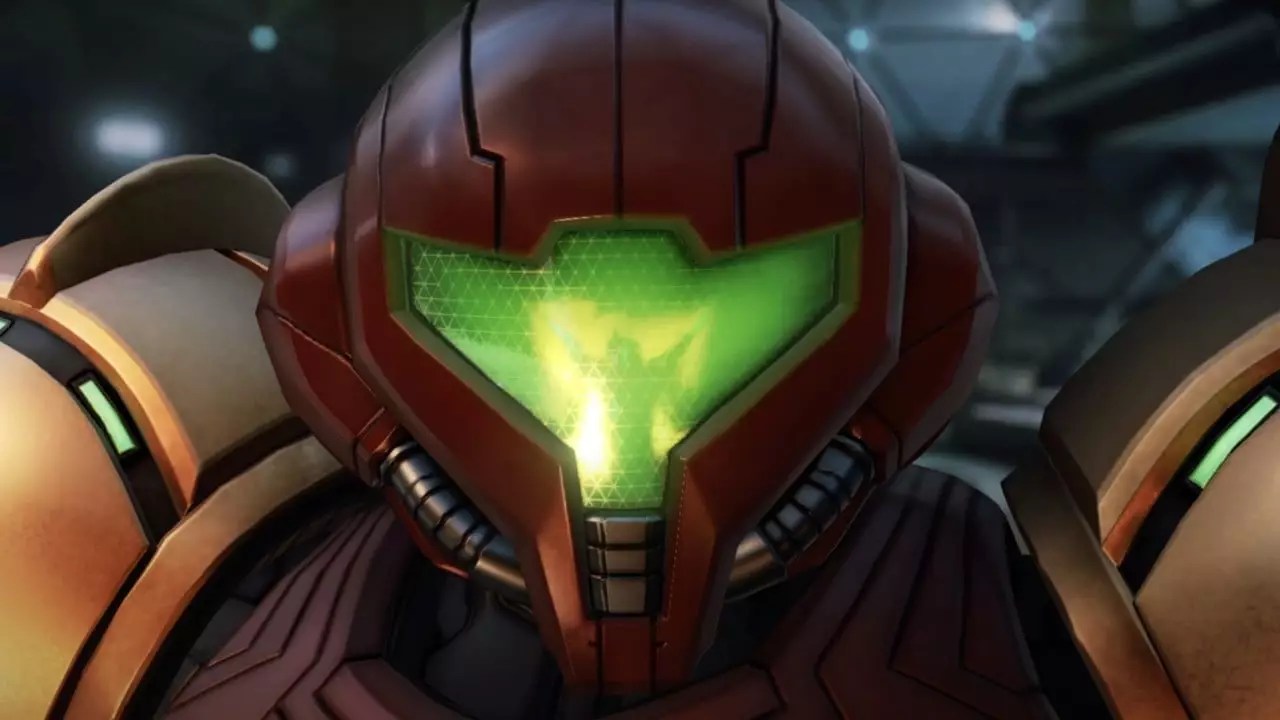In the increasingly digital era of gaming, the allure of classic titles has sparked renewed interest across a variety of platforms. The impending launch of Capcom Fighting Collection 2 is a testament to this nostalgic phenomenon. However, while the promise of experiencing beloved titles like Power Stone 1 and 2 in high definition is tempting, it begs the question of whether these games can truly capture the essence of their original platforms. The aesthetic enhancements, such as 1080p or 4K resolution, offer a significant appeal for modern gamers, yet the inherent issues like input lag and latency might detract from the experience. Classic titles were designed with specific hardware in mind, and porting them to contemporary consoles may inadvertently alter their original gameplay dynamics.
When considering the quality of gameplay in remastered versions, the debate arises over the fidelity of the gaming experience. The mention of playing Power Stone on a Dreamcast coupled with a 32″ Sony WEGA Trinitron CRT illustrates the stark contrast between how these games were meant to be played versus their current configurations. CRTs are known for their exceptional response times and motion clarity, attributes that modern OLED displays, despite technological advancements, struggle to replicate. Furthermore, the discussion of input systems cannot be overlooked; the joy-cons are often criticized as inadequate substitutes for traditional controllers. Players are likely to find the experience of classic games altered, leading to frustration and disappointment.
The situation becomes even more pronounced when examining newer releases and remakes. Metroid Prime 4 has created buzz, yet there’s an underlying skepticism rooted in the performance of its predecessors. The absence of proper gyro motion aiming capabilities that were hallmark features of the original Wii experience may alienate devoted fans. It appears that the developers might prioritize graphical fidelity over innovative mechanics. Moreover, the enthusiasm that surrounded the release of Metroid Prime 3 is waning as players express discontent over recent renditions like the Prime Remaster on Switch, which many have equated to a lackluster rehash rather than a fresh take.
The evolution of control schemes poses yet another hurdle for the joy of gaming to navigate. The removal of clunky motion controls in titles like Donkey Kong Country Returns HD indicates a reactionary approach to feedback from the gaming community. While the debate between traditional controls and motion input remains unresolved, it culminates in a feeling that some revamped experiences may not match up to the beloved originals. For instance, comparing the weighty and unrefined feel of characters in newer Donkey Kong games to their SNES counterparts reveals a fundamental disconnect that some players may find hard to forgive.
As the gaming landscape evolves, it’s essential for developers to understand the delicate balance between honoring classic titles and innovating for new audiences. While nostalgia is a powerful tool, it should not come at the expense of gameplay quality or player experience. The excitement for future releases can easily turn into disappointment if the foundational elements that made these games great are overlooked. Ultimately, as the industry pushes forward, players must advocate for experiences that genuinely respect and revive the essence of the classics rather than merely repackage them.


Leave a Reply